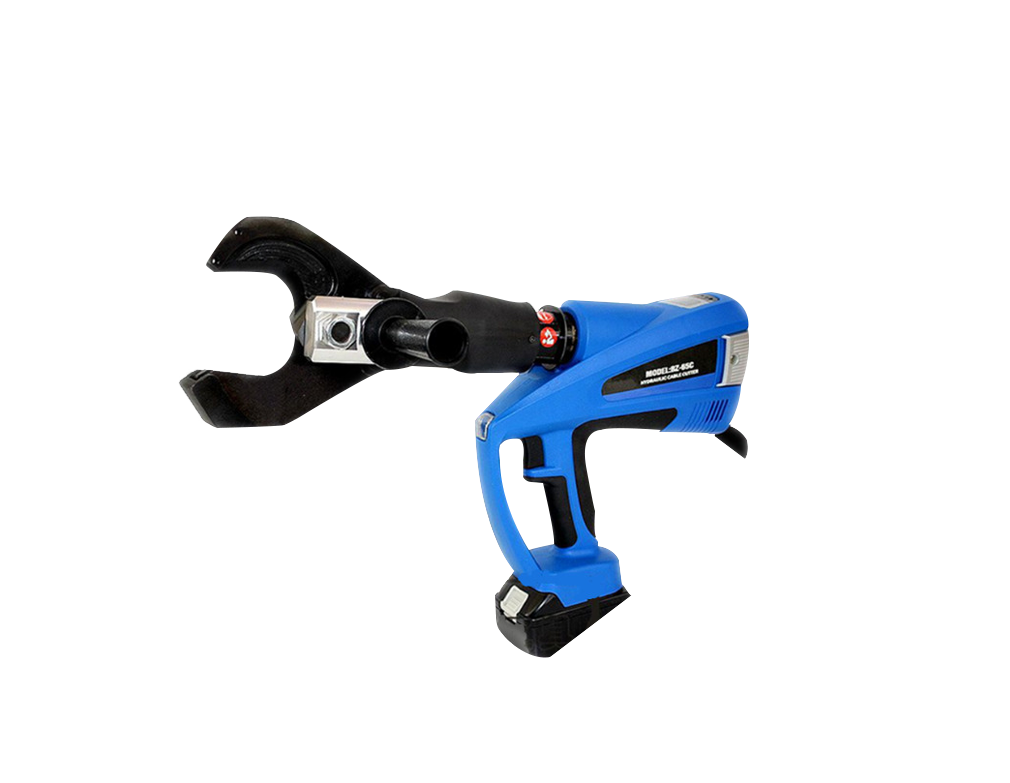

1. Tool assembly and work area inspection Refer to the […]
1. Tool assembly and work area inspection
Refer to the following procedures to assemble tools and clean up the work site, which can reduce the occurrence of injury accidents caused by electric shock, fire, mechanical damage or other reasons, while protecting the integrity of tools and piping systems.
Check the work area from the following aspects:
Assembly and work area inspection and precautions of electric pipe clamp
1. Sufficient lighting
2. Combustible liquid, gas or dust can easily cause combustion. Please do not use the tool in these environments until it is confirmed and rectified. The crimping tool has no anti-explosion protection measures, so sparks are generated.
3. Operate in a clean, dry and stable environment. Do not use tools while standing in the water.
4. Check the work to be carried out, and select suitable tools and accessories according to the application. If the accessories are used incorrectly, it will also cause injury accidents, tool damage, and pipeline connections that do not meet the sealing requirements. Make sure to check the tools and accessories according to their instructions.
5. Weigh the work area to see if it needs to be isolated, keep bystanders away from the work place, because bystanders will distract the operator.
6. Ensure that the battery has been removed, then unlock and fully open the accessory mounting pin. If there is an attachment in the tool, remove it.
7. Install the correct accessories, and then fully close the accessory mounting pin and rotate it to the locked position. The mounting pin must be completely closed and locked to prevent the tool from being damaged during use.

Second, the use of 6T 45MM CU/AL/ACSR ELECTRIC BATTERY HYDRAULIC ARMOUREDCABLE CUTTER BZ-45:
Assembly and work area inspection and precautions of electric pipe clamp
1. Choose the appropriate specifications;
2. The opening of the clamp head should be equal to the diameter of the workpiece;
3. The clamp head should be clamped to the workpiece before pulling it hard to prevent people from slipping;
4. When using an afterburner, the length should be appropriate. When moving the handle, pay attention to the load torque, and do not use excessive force to prevent overload damage;
5. Keep the pipe clamp teeth and adjusting ring clean;
6. General pipe wrenches cannot be used as hammers;
7. It is not possible to clamp the workpiece whose temperature exceeds 300℃.